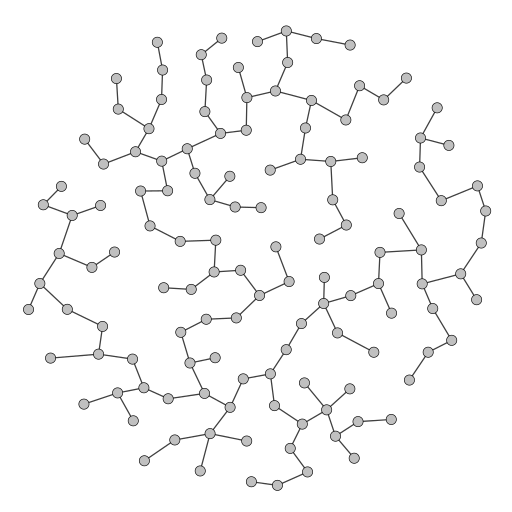Let . Let
with distinc
s. Let
be a set of distinct nonnegative row-powers. Consider the
Generalized Vandermonde matrix
. When
, this matrix becomes the ordinary Vandermonde matrix,
.
An equivalent description of is the largest row-power
and the set of missing rows from
: that is, the items that are in
but not in
. Let
be this set. Define the punctured Generalized Vandermonde matrix
. Let
be the
th elementary symmetric polynomial.
Now we are ready to present some interesting results without proof, from the paper “Lower bound on Sequence Complexity” by Kolokotronis, Limniotis, and Kalouptsidis.
I will add some applications later on.

